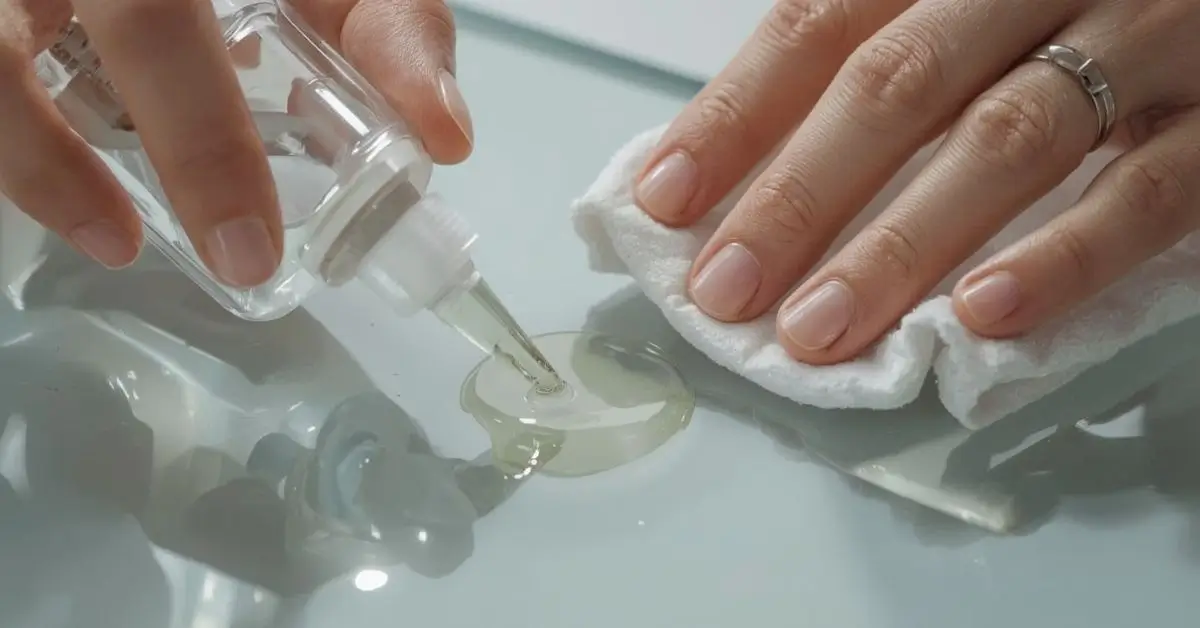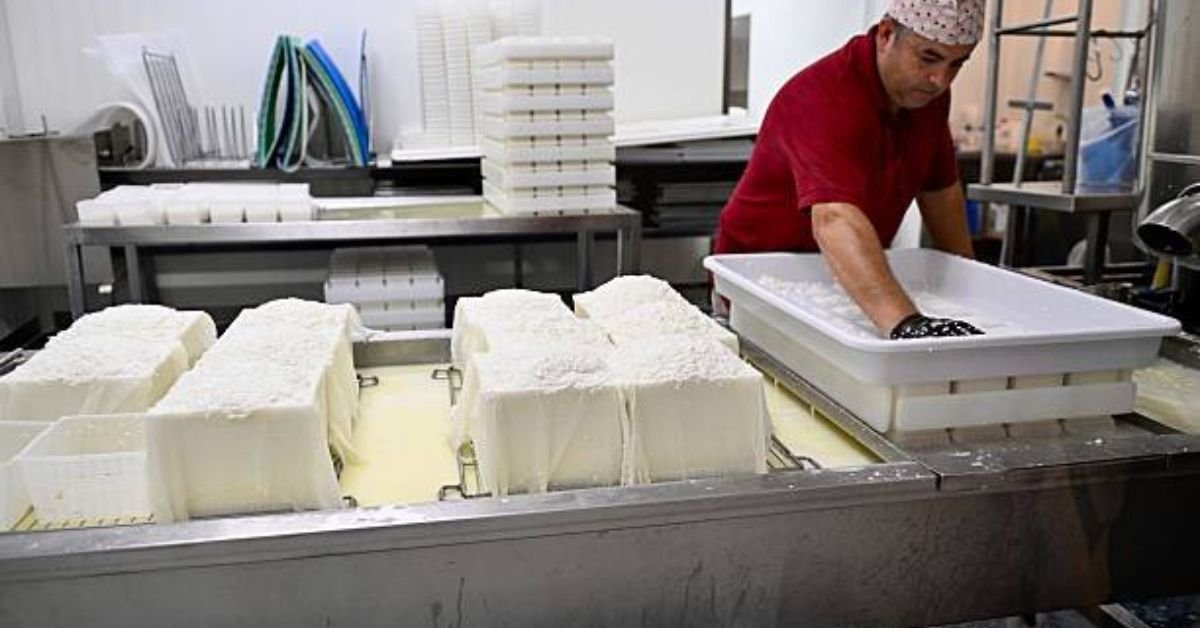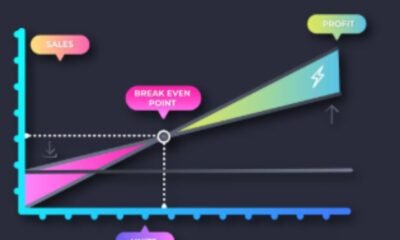BLOG
What Dissolves Super Glue? Safe Fixes for Every Surface

We’ve all been there—one small drop of super glue ends up where it shouldn’t. Whether you’re a DIY enthusiast, a parent helping with a school project, or a beauty lover fixing a broken nail, the question quickly arises: what dissolves super glue?
Super glue, also known as cyanoacrylate adhesive, bonds instantly and strongly to most surfaces. While that’s great when you want a repair to last, it becomes frustrating when it sticks to skin, fabric, metal, or glass by accident. The good news is that there are safe, proven methods and solvents for super glue removal that don’t require harsh scraping or permanent damage.
This guide explains exactly how to dissolve cyanoacrylate glue on different surfaces, what household products work, and when you should use professional adhesive remover solutions.
Why Super Glue Is So Hard to Remove
Super glue forms a strong bond because it reacts with moisture in the air and on surfaces, creating long chains of plastic-like molecules. That’s why it cures quickly and becomes resistant to water, heat, and pressure.
The key to removal lies in breaking down those hardened bonds with the right solvents or softening agents.
What Dissolves Super Glue Effectively?
Acetone – The Most Reliable Solvent
An acetone super glue remover is the most effective way to dissolve cyanoacrylate adhesives. Acetone breaks the molecular chains in the glue, softening it until it can be wiped away.
- Commonly found in nail polish remover
- Works best on non-porous surfaces like glass, metal, and some plastics
- Should be used with care, as it may damage delicate materials
Rubbing Alcohol (Isopropyl Alcohol)
Many people ask: does rubbing alcohol dissolve super glue?
Yes—though it’s slower than acetone. Rubbing alcohol penetrates the glue’s structure, making it easier to peel or scrape away safely, especially on skin.
Vinegar and Natural Solutions
Can vinegar dissolve super glue naturally?
Yes, vinegar can soften dried glue, especially on glass or plastic. It’s a good option for those avoiding harsh chemicals. Baking soda mixed with water also helps weaken glue bonds on skin.
Specialized Adhesive Remover Solutions
For delicate materials, commercial adhesive remover solutions are formulated to target glue without damaging surfaces. These are especially useful for removing super glue from fabric or clothing.
Removing Super Glue from Different Surfaces
| Surface | Best Removal Method | Notes |
|---|---|---|
| Skin | Warm soapy water, acetone, or rubbing alcohol | Avoid pulling skin apart; use lotion after |
| Glass | Acetone or vinegar | The best way to clean super glue off glass is with acetone + gentle scraping |
| Plastic | Rubbing alcohol or vinegar | Use with caution—acetone may damage plastic |
| Metal | Acetone or alcohol | For dried super glue on metal, soak then scrape with plastic tool |
| Fabric | Vinegar or adhesive remover | Test a small area first to avoid staining |
| Nails | Acetone-based nail polish remover | The safest way to dissolve super glue on nails without harm is gentle soaking |
Home Remedies for Glue Removal
If you don’t have acetone, here’s what household products dissolve super glue:
- Vinegar
- Lemon juice
- Warm soapy water with baking soda
- Olive oil or coconut oil (helps loosen glue on skin)
Safety Tips to Remove Super Glue Safely
- Always test solvents on a hidden area first
- Avoid harsh scraping to prevent scratches
- Use gloves when applying strong solvents like acetone
- Keep products away from children and pets
What Breaks Down Super Glue Instantly?
For the fastest results, acetone remains the top choice. However, if you need the safest solvent for dissolving super glue indoors, rubbing alcohol or vinegar is better for sensitive surfaces.
Expert References
- U.S. National Library of Medicine – Cyanoacrylates Safety Information (NIH)
- American Academy of Dermatology – Skin Safety with Adhesives (AAD.org)
- 3M Science – Adhesive Removal Guidelines (3M.com)
FAQ’s
What dissolves super glue without acetone?
Vinegar, rubbing alcohol, or baking soda solutions can break down super glue without acetone.
How to remove super glue from skin safely?
Soak in warm soapy water, then apply rubbing alcohol or oil to loosen the glue.
Best way to clean super glue off glass?
Apply acetone, let it soften, then gently scrape with a plastic tool.
What dissolves super glue on plastic without damage?
Rubbing alcohol or vinegar works better than acetone, which can damage plastics.
How to get rid of dried super glue from metal?
Soak with acetone or alcohol, then scrape gently with a non-metallic tool.
Can baking soda dissolve super glue?
Yes, when mixed with water it weakens glue bonds, especially on skin.
How to soften hardened super glue for removal?
Apply acetone or vinegar, let it sit, and the glue will soften for easier removal.
What chemical dissolves cyanoacrylate adhesives?
Acetone is the strongest chemical solvent for cyanoacrylate-based super glues.
Conclusion
Super glue is designed to stick—and it does its job well. But when accidents happen, knowing what dissolves super glue can save your project, your furniture, and even your skin. From acetone to vinegar, there are safe solutions for every surface. By choosing the right method, you can remove super glue safely without damaging your belongings.
BLOG
Besos Meaning: A Journey into the Heart of Latin American Culture

Besos is derived from the Spanish language, where it translates to “kisses.” However, the meaning of besos goes beyond a simple translation. It’s a term that encompasses a range of emotions, from affection and love to passion and intimacy.
The Cultural Significance of Besos
In many Latin American cultures, besos are an integral part of daily life. They’re a way to show affection, greet one another, and express love. The cultural significance of besos is deeply rooted in the values of warmth, hospitality, and closeness.

The Different Types of Besos
While the term “besos” is often associated with romantic love, it’s not the only context in which it’s used. Besos can be exchanged between family members, friends, and even as a greeting or farewell.
- A beso on the cheek is a common greeting in many Latin American countries.
- A beso on the lips is often reserved for romantic partners or loved ones.
- A beso on the forehead or hand can be a sign of respect, affection, or blessing.
“I remember my abuela giving me besos on the forehead every night before bed. It was a special moment that made me feel loved and safe.”
The Emotional Significance of Besos
Besos are more than just a physical gesture; they’re a way to convey emotions and connect with others. The act of giving or receiving a beso can evoke feelings of comfort, security, and love.
FAQs
Q: What is the meaning of besos in Spanish?
A: Besos is the Spanish word for “kisses.” It’s a term used to describe a range of affectionate gestures, from romantic kisses to friendly pecks on the cheek.
Q: How do you use besos in a sentence?
A: You can use besos in a sentence to express affection or love, such as “Dale besos a tu familia de mi parte” (Give your family a kiss from me).
Q: What is the cultural significance of besos in Latin America?
A: Besos play a significant role in Latin American culture, where they’re used to show affection, greet one another, and express love.
Q: Can besos be used in non-romantic contexts?
A: Yes, besos can be used in non-romantic contexts, such as between family members or friends. It’s a way to show affection and closeness.
Conclusion
Besos, we discover that it’s more than just a word – it’s a way to connect with others and express our emotions. Whether you’re looking to deepen your understanding of Latin American culture or simply want to show affection to those around you, besos is a term that’s worth exploring further.
BLOG
Luxury Cruise Passengers: Staying Safe on the High Seas

Luxury cruises often traverse through exotic waters, some of which are notorious for piracy. The Gulf of Aden, the Indian Ocean, and parts of Southeast Asia are known hotspots where pirates have been active. These areas are often near popular cruise routes, putting luxury cruise passengers at risk.
Piracy Tactics: How Pirates Target Luxury Cruises
Pirates have become increasingly sophisticated, using tactics like GPS spoofing and fake ship identities to target unsuspecting vessels. They often look for easy prey, such as slow-moving ships or those with lax security. Luxury cruises, with their high-value passengers and cargo, can be attractive targets.
The Human Impact: Stories from Luxury Cruise Passengers
“I was on a luxury cruise in the Gulf of Aden when we received a piracy warning. The crew immediately took action, increasing security measures and altering our course. It was a harrowing experience, but thanks to their quick response, we were safe.” The fear and uncertainty that come with a piracy warning can be unsettling, but being prepared and knowing what to expect can make all the difference.
Staying Safe: Precautions and Measures for Luxury Cruise Passengers
To minimize the risk of piracy, luxury cruise lines have implemented various security measures. These include:
- Traveling in convoys or with naval escorts
- Implementing advanced security systems, such as radar and surveillance cameras
- Conducting regular security drills and training for crew members
- Increasing security personnel on board

What Luxury Cruise Passengers Can Do
While cruise lines take necessary precautions, passengers can also play a role in staying safe. Being aware of the risks and taking simple precautions, such as staying informed about piracy hotspots and following crew instructions, can help minimize the risk of piracy.
Piracy Warning Systems: How Luxury Cruises Stay Ahead
Luxury cruise lines use advanced piracy warning systems to stay informed about potential threats. These systems provide real-time updates on piracy hotspots and suspicious activity, enabling crews to take proactive measures to avoid danger.
The Role of Technology in Piracy Prevention
Technology plays a vital role in preventing piracy. Advanced systems, such as satellite tracking and AI-powered surveillance, help cruise lines stay one step ahead of pirates. These technologies enable crews to respond quickly and effectively in the event of a piracy warning.
FAQs
Q: What should I do if I receive a piracy warning on my luxury cruise?
A: If you receive a piracy warning, follow the instructions of your crew immediately. They are trained to handle such situations and will take necessary precautions to ensure your safety.
Q: Are luxury cruises more vulnerable to piracy than other types of cruises?
A: Luxury cruises can be attractive targets for pirates due to their high-value passengers and cargo. However, luxury cruise lines often have advanced security measures in place to minimize the risk.
Q: How can I stay informed about piracy hotspots and safety measures on my luxury cruise?
A: Your cruise line will provide you with information about piracy hotspots and safety measures in place. You can also stay informed through government travel advisories and industry reports.
Q: Can I travel safely on a luxury cruise despite the risk of piracy?
A: Yes, with the right precautions and awareness, you can travel safely on a luxury cruise. Cruise lines take piracy seriously and have measures in place to protect passengers.
Conclusion
Luxury cruise, staying informed about piracy risks and taking necessary precautions can help ensure a safe and enjoyable journey. By understanding the risks and being aware of the measures in place to prevent piracy, you can relax and enjoy your time on board.
BLOG
Mandarin for Mandarin: Tips and Tricks for Language Learners

Mandarin can be a rewarding and enriching experience, especially when you focus on learning Mandarin for Mandarin. By doing so, you can:
- Improve your pronunciation and intonation
- Develop a deeper understanding of Chinese culture and history
- Enhance your career opportunities in China or with Chinese companies
Immersing Yourself in the Language
One of the most effective ways to learn Mandarin for Mandarin is to immerse yourself in the language. This can be done by:
- Watching Chinese movies and TV shows
- Listening to Chinese music and podcasts
- Speaking with native Mandarin speakers
For example, “I started watching Chinese dramas with English subtitles and it really helped me improve my listening skills and get used to the natural flow of the language.”

Tips for Learning Mandarin for Mandarin
When it comes to learning Mandarin for Mandarin, there are several tips to keep in mind:
- Focus on tones and pronunciation
- Practice speaking and listening regularly
- Use language learning apps and resources
Using Language Learning Apps
There are many language learning apps available that can help you learn Mandarin for Mandarin. Some popular options include:
- Duolingo
- HelloTalk
- Pleco
FAQs
Q: What is the best way to learn Mandarin for Mandarin?
A: The best way to learn Mandarin for Mandarin is to immerse yourself in the language by watching Chinese media, speaking with native speakers, and practicing regularly.
Q: How can I improve my Mandarin pronunciation?
A: You can improve your Mandarin pronunciation by listening to native speakers, practicing speaking regularly, and using language learning apps that focus on pronunciation.
Q: What are some common challenges when learning Mandarin for Mandarin?
A: Some common challenges include mastering tones, understanding grammar and syntax, and finding opportunities to practice speaking and listening.
Q: Can I learn Mandarin for Mandarin on my own?
A: Yes, you can learn Mandarin for Mandarin on your own with the right resources and motivation. However, it’s also helpful to work with a language exchange partner or tutor to get feedback and support.
Conclusion
Mandarin for Mandarin requires dedication, persistence, and the right resources. By immersing yourself in the language, practicing regularly, and using the right language learning tools, you can achieve fluency and unlock new opportunities. Whether you’re a beginner or advanced learner, there’s always room to improve and refine your Mandarin skills.
-

 TECH6 months ago
TECH6 months agoApple iPhone 17: Official 2025 Release Date Revealed
-

 BLOG6 months ago
BLOG6 months agoUnderstanding the ∴ Symbol in Math
-

 EDUCATION6 months ago
EDUCATION6 months agoHorizontal Translation: How to Shift Graphs
-

 EDUCATION6 months ago
EDUCATION6 months agoUsing the Quadratic Formula
-

 EDUCATION6 months ago
EDUCATION6 months agoThe Meaning of an Open Circle in Math Explained
-

 HEALTH6 months ago
HEALTH6 months agoGoodNever: Wellness, Simplified
-

 EDUCATION6 months ago
EDUCATION6 months agoWhy Does m Represent Slope?
-

 EDUCATION6 months ago
EDUCATION6 months agoHow to Solve Quadratic Equations 2
